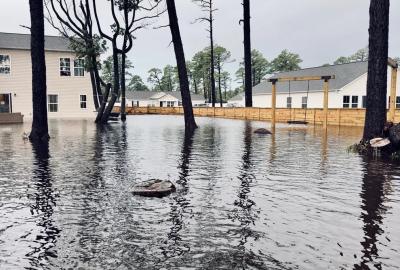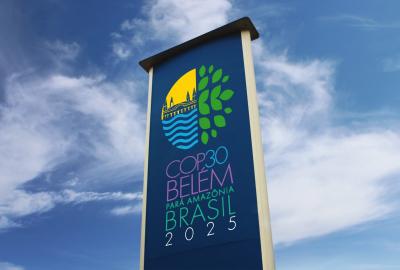These 10 countries are winning the global clean energy race (and the US is not one of them)
Update Jan. 13, 2025: This piece was updated to reflect the outcome of the 2024 U.S. election and the likely impact the new administration's priorities will have on the global clean energy race.
Clean energy technologies like wind and solar power are on track to supply nearly half the world’s electricity by 2030.
But some of the world’s biggest economies — including the U.S. — are lagging behind, missing out on an opportunity for clean jobs and healthier air.
As the global clean energy race ramps up, here are the 10 countries with an early lead.
Top 10 countries for wind and solar energy
| Country | Electricity from solar and wind |
|---|---|
| Denmark | 67% |
| Greece | 41.1% |
| Netherlands | 41% |
| Spain | 40.5% |
| Portugal | 39.7% |
| Germany | 39.4% |
| Uruguay | 39.4% |
| Ireland | 37.5% |
| United Kingdom | 32.7% |
| Chile | 31.7% |
(Data from December 2023, courtesy of Ember)
Note: Table excludes countries with populations less than 15,000 (including the Cook and Falkland Islands) as well as Lithuania and Luxembourg that have high levels of renewables but import most of it from neighbors.
How did Europe get so far ahead in the clean energy race?
Denmark, currently ranked #1, used to get 90% of its energy from oil. But the oil crisis of the early 1970s, and local ingenuity — Danish inventors constructed some of the world's first wind turbines — prompted the government to take advantage of the country’s considerable wind resources to power their nation.
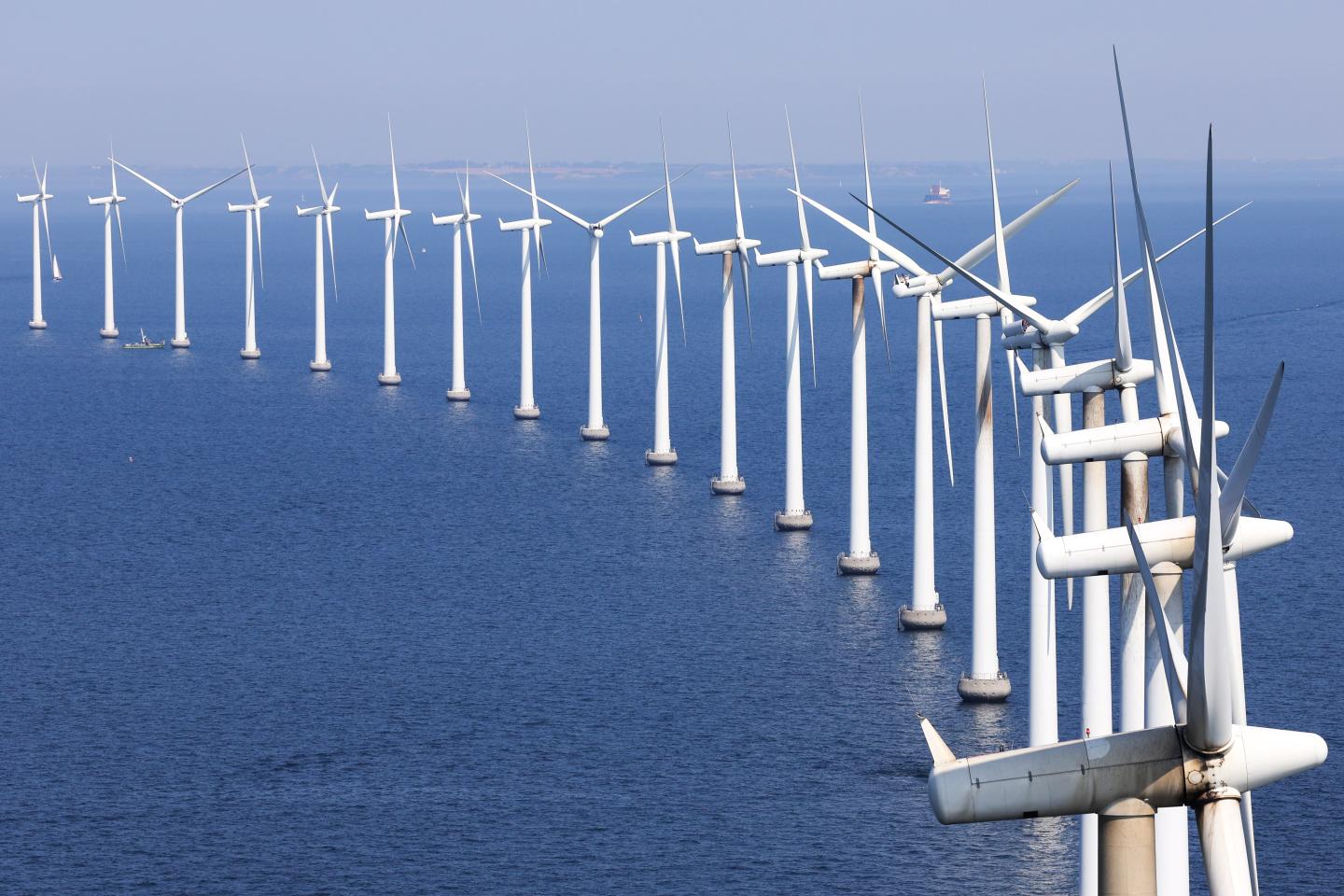
By the 1990s, leaders across Europe were eager to find ways to power their countries without relying so heavily on the polluting oil and gas industry. Air pollution laws accelerated the phase-out of coal plants, and Europe introduced a cap-and-trade system that charges industrial polluters a fee for every ton of carbon they release and then invests the proceeds in clean energy.
Today, Europe plans to become the first carbon-neutral continent by 2050.
“The EU has made climate its flagship agenda,” says Environmental Defense Fund’s Lea Pilsner, an advocate for clean energy in Europe. When Russia invaded Ukraine in 2022, creating an energy crisis across the continent, European officials doubled down on plans to reduce fossil fuel pollution in the region by 55% by 2030.
“The European Commission was saying, ‘For our energy security, pushing renewables really is the way to go,’” says Pilsner.
Uruguay’s unlikely climate leadership
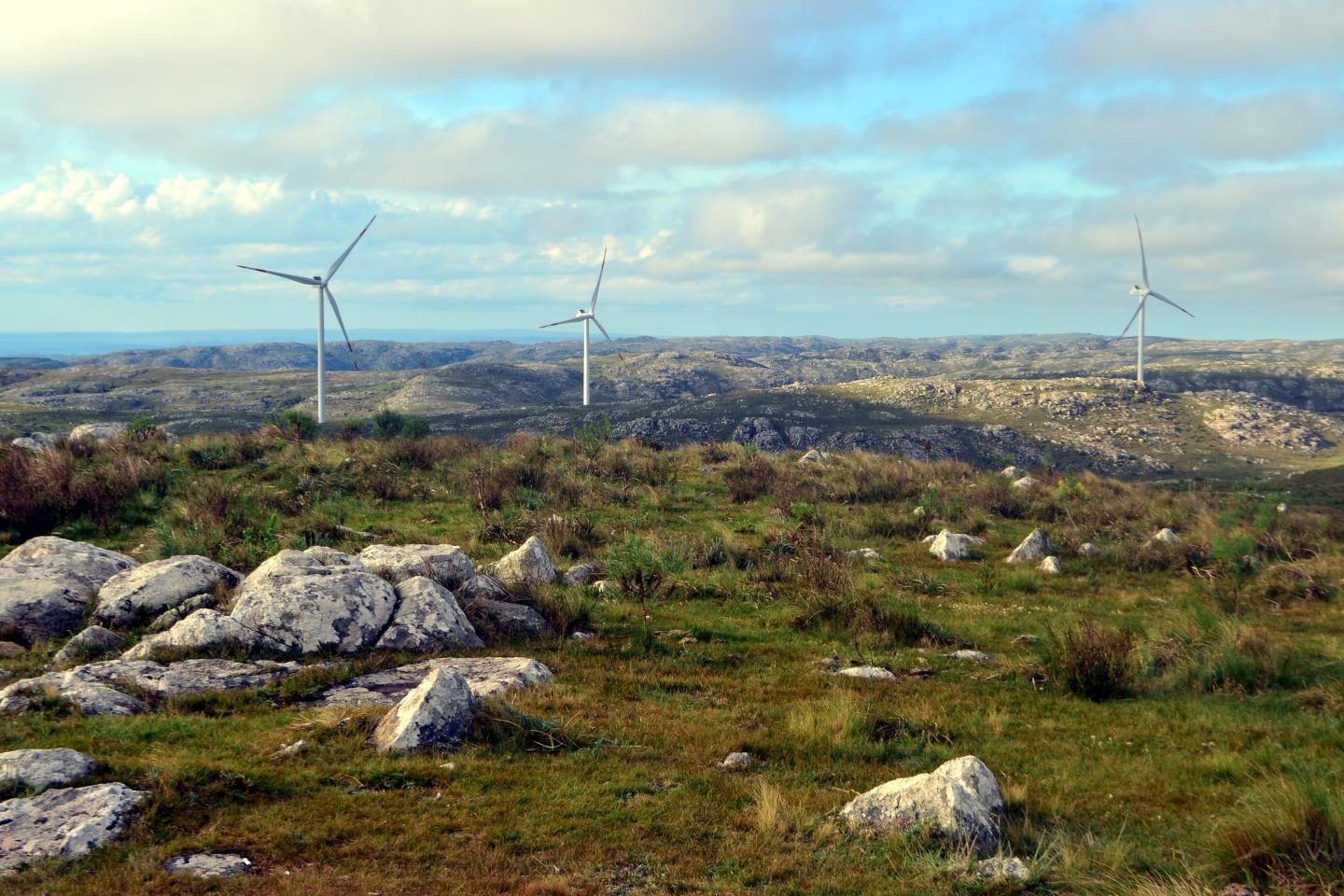
Coming in seventh, Uruguay, is an unlikely success story. Its wind and solar took off thanks to the visionary leadership of president José Mujica. A former guerilla who took office in 2010, Mujica says that the true revolution is “learning to live with less waste and more time to enjoy freedom.”
When electricity shortages began threatening Uruguay’s economy in the 2000s, Mujica and the national legislature looked to the abundant winds that cool the country’s Atlantic coastline and initiated a creative public/private partnership to install hundreds of wind turbines. Wind power grew from 1% in 2010 to 34% by 2018.
The strategy cut electricity production costs nearly in half, created 50,000 new jobs and gave the people of Uruguay cleaner air and a more secure energy future.
Where does the U.S. rank in clean energy?
At the end of 2023, the United States was 28th in the clean energy rankings, with 15.6% of its electricity generated by wind and solar power.
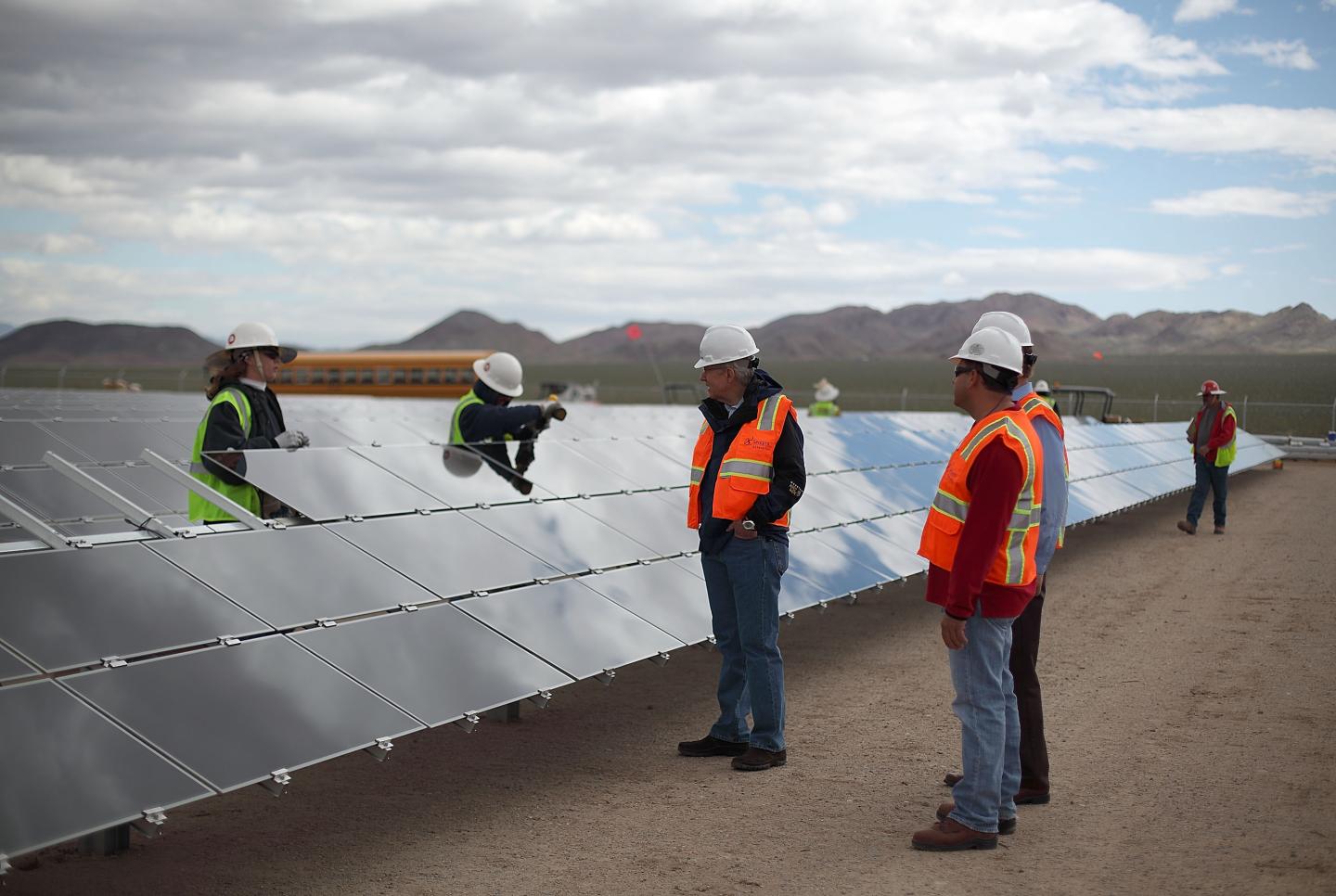
During the early 2020s, ambitions to make the U.S. more competitive in the global clean energy race ran high. The Biden administration set a goal to get 100% of U.S. electricity from carbon-free sources by 2035. Historic investments to supercharge clean energy progress followed, along with new rules to make it easier to connect clean energy to the country’s electric grids. By mid-2024, wind and solar grew to make up 18.6% of all U.S. electricity.
But those advances are now under threat from the Trump administration. Trump’s campaign commitments included doubling down on dirty energy and rolling back many of the incentives that make clean energy progress possible.
It’s a stance that threatens to drive America backward and opens the door for China and India — ranked 29th and 39th at the end of 2023 — to pull ahead.
“The only way the U.S. can sustain a competitive and resilient 21st century economy is by harnessing its homegrown wind and solar resources,” says EDF’s Pam Kiely, an expert in U.S. climate and energy policy.
China is already positioning itself as a leader in clean energy internationally, meeting its own clean energy goals for 2030 six years early. And, in the first half of 2024, China was home to more than half of all the solar power installed worldwide.
India is also on the move, building out more solar and wind power in the first five months of 2024 than in all of 2023, despite technical and financial challenges. “There is a consensus that renewables make sense for India from an economic, strategic and environmental perspective,” says Hisham Mundol, EDF’s chief advisor in India.
Will the U.S. keep up or fall further behind? That’s a question now facing the Trump administration.
“If [the U.S.] keeps its foot on the pedal,” says Derek Walker, EDF’s vice president for global energy transition, “we can build a clean energy future that dramatically improves many fundamental aspects of our lives.”

